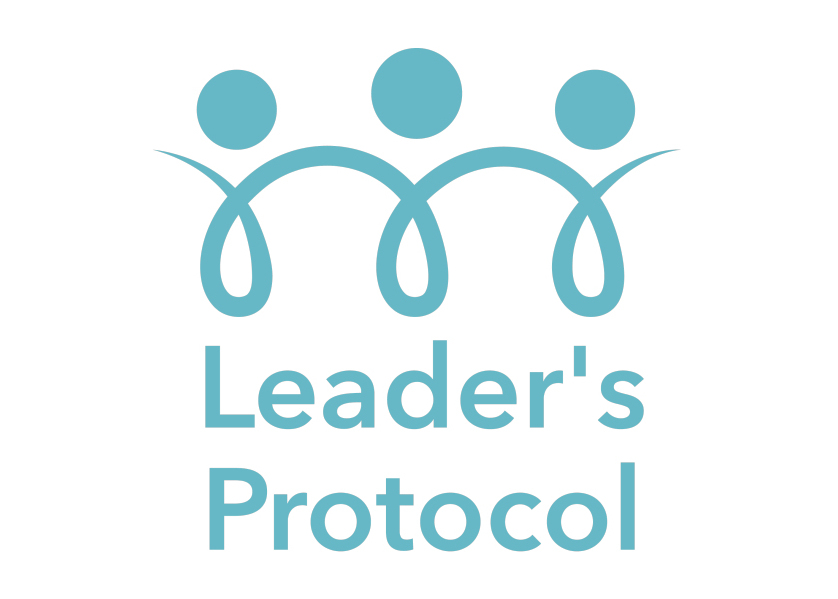Where it all begins - you as an individual and group of people you work with. Becoming a team is a collective demonstrable choice, actions, and sustained behaviours, underpinned by shared collective values. Focus on that and you'll be unstoppable
The Team – that which underpins everything else
Ever since our ancient ancestors first banded together to hunt game, raise families, and defend their communities, the notion of a team has been evident. Human history is largely a story of people working together in groups to explore, achieve, and conquer. More recently, we’ve refined our view by saying for example, “People are our greatest asset”. And in relation to teams it’s also frequently claimed that “The whole is greater than the sum of its parts”. So how do we better understand and then harness this most valuable asset and create the greatest capability it can produce.
Let’s first define a team. It’s worthwhile doing this to be clear who should be included in any activity and know why they are there! A team can be defined as two or more individuals who socially or virtually interact; possess one or more common goals; come together to perform organisationally relevant tasks; exhibit interdependencies; have different roles and responsibilities; and are embedded in an organisational system (Kozlowski et al, 2006).
Team effectiveness is based on the logic of an input–process–output (I-P-O) heuristic. Working together with other people to get the “O” as strong as possible, means the “I” needs attention. It turns out that we tend to leap straight to the “O” without understanding the relevance and importance of the “I”. In short, leaders need to know each other’s ways of working, preferences, and even more personal information as fundamental input to get the best collective results between themselves and from their teams.
All teams have an operating state sometimes referred to as the team climate. A team’s “Collective Climate” relates to the performance, team member satisfaction, and team effectiveness. Whilst climate is affected by “stuff” that is imposed on the team, informal social interaction between the team’s members has a disproportionate influence on how the team collectively responds. We need to understand how teams react so that we know how best to adapt and evolve in our ever changing environment.
Of course, we all do this everyday in our subconscious. Investing in developing people and teams means we just consciously take time to work through it and what it means for us. For example, team mental models and team transactive memory are cognitive structures that team members use all the time to organise and acquire information. Mental models are knowledge structures or information the team holds in common, and transactive memory refers to knowledge of information, who knows what about what, or who! Whilst these concepts may sound like academic mumbo jumbo, they’re very practical stuff that if leaders appreciate, can go a long way to helping develop their team, making it more cohesive, with far greater efficacy.
But of course it’s not all about sunlit uplands – every team has rough patches and that needs to be explored too. Team Affect, Mood, and Emotion all involve good or bad feelings, and differ in the responses they evoke, the cause of the situation, and the duration they last. We can all deal with a minor hiccup but if we have underlying problems that keep surfacing then they need to be fixed or conflict emerges.
Conflict and divisiveness are common in teams and organisations. Left to fester, conflict becomes an unhealthy contributor to a team dynamic, discussion, and can be present in the most placid topics of conversation. Conflict can wreck cohesion and have a major impact on efficacy. Nonetheless, it is not necessarily a bad thing. In fact, as we’ll go on to see its actually essential.
Underpinning my methodology is the foundation stone of the team being able and willing to work together. Being constructive, humble, open to differing opinions, and a sense of vulnerability are generally pre-requisites for the exercise to be successful. In order to frame Phase 0, Lencioni’s The Five Dysfunctions of a Team is a key point of reference. A tale of organisational woe, its chapters will resonate for any leader and can be applied to any team.
Depending on the team characteristics, we can choose from a number of applied exercises. There is no “Tripod building using only drinking straws to balance a house brick” type games. I am sure they have a value, but I do not see it in a leadership development setting. There are real problems to be solved, so let’s focus on them and them alone. In my experience we can cover all of them focusing on the following topics as a means to get us there:
- Establishing Trust
- Embracing Conflict
- Cementing Commitment
- Being Accountable
- Relentless focus on results
These team based exercises are vital to develop the collective horsepower a group of people can create. However, the very notion of a team comprises individuals – sometimes people who may have paid less attention than necessary to themselves as leaders. Therefore prior to any team event, individual sessions are recommended. This is a very focused intervention session centred on running a comprehensive assessment using the Hogan tool. This provides the delegate with some key data points that are always useful not only for the upcoming team event but even more so for their own ongoing development. Whilst less concerned with identity, Hogan focuses uniquely on two aspects vital to a leadership role and leadership behaviour. First the reputation you create as a leader and second shining a light on your likely de-railers or in other words, how you’re likely to respond under pressure or stress.
Coupled with a focused and intense (yet fun at the same time), team event, Phase 0 provides the personal and team tool kit to ensure Phase 1 to 3 can be executed to maximum effectiveness by all in the room.




